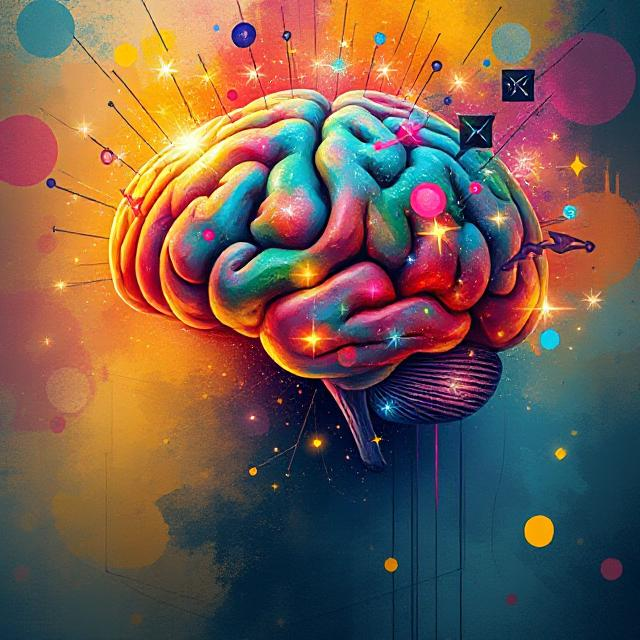Dyslexia Explained

Understanding Dyslexia
Read about dyslexia and watch a short video to learn about dyslexia from a practical perspective—and how it leads to unique learning differences and related challenges.

Dyslexia Signs and Symptoms
Explore 37 common characteristics of dyslexia in children and adults

Dyslexia Quiz
Take this free dyslexia quiz to learn about your learning strengths, challenges, and symptom severity. It’s quick, confidential, and requires no personal information.
Understanding Dyslexia : More than just a reading challenge
Dyslexia is a thinking and learning difference that arises from variations in brain structure, and the unique way the dyslexic brain processes information. While most people think verbally, individuals with dyslexia process information through multiple senses, with visual imagery playing a central role. They are often referred to as visual or kinesthetic learners and are considered non-verbal thinkers. This means that instead of “hearing” an inner dialogue, they “see” a mental movie. This type of thinking is incredibly fast, often occurring at a subliminal level, unlike verbal thinking, which is limited by the speed of speech. Have you ever met someone who could quickly solve a complex math problem but struggled to recall the steps they took? That’s an example of visual, subliminal thinking—fast as lightning.
Which areas of learning become affected?
This learning difference can impact multiple aspects of language processing. This includes reading, writing, speaking, focus, verbal reasoning and math, leading to signs of dyslexia in both children and adults. However, it also greatly enhances creativity, problem-solving skills, big-picture thinking, spatial awareness, and intuitiveness.
We are all born with some capacity for visual thinking, but for most people, the typical development of language in childhood leads to a shift toward verbal thinking. So why doesn’t this shift occur in dyslexic individuals?
According to Davis’s theory of disorientation, the answer lies in a perceptual talent unique to dyslexics. The cognitive process of disorientation allows dyslexic individuals to mentally manipulate objects in three dimensions, enabling them to see things from different angles. This skill is especially useful when they encounter something in their environment that confuses them. Naturally, and often unconsciously, they use this talent to resolve confusion by shifting their mental perspective. Because this approach quickly provides them with all the information they need, they rely on disorientation rather than language to make sense of their surroundings.
As a result, the development of verbal skills is often delayed, while they continue using visual and kinesthetic thinking as their primary means of understanding the world. This, along with brain differences that favor visualization, prevents the full shift to verbal thinking. Similarly, disorientation is also observed in individuals with ADHD, impacting the development of key life concepts and their ability to sustain focus on tasks.
37 Common Characteristics of Dyslexia
Signs of dyslexia in children and adults can vary widely between individuals and even from day to day for the same person. No two dyslexics are exactly alike and this inconsistency in symptoms is the most consistent thing about dyslexia. However, most people who have dyslexia will exhibit about 10 of the following traits or behaviors.
General:
- Appears bright, highly intelligent, and articulate but unable to read, write, or spell at grade level.
- Labelled lazy, dumb, careless, immature, “not trying hard enough,” or “behavior problem.”
- Isn’t “behind enough” or “bad enough” to be helped in the school setting.
- High in IQ, yet may not test well academically; tests well orally, but not written.
- Feels dumb; has poor self-esteem; hides or covers up weaknesses with ingenious compensatory strategies; easily frustrated and emotional about school reading or testing.
- Talented in art, drama, music, sports, mechanics, story-telling, sales, business, designing, building, or engineering.
- Seems to “Zone out” or daydream often; gets lost easily or loses track of time.
- Difficulty sustaining attention; seems “hyper” or “daydreamer.”
- Learns best through hands-on experience, demonstrations, experimentation, observation, and visual aids.
Vision, Reading, and Spelling:
- Complains of dizziness, headaches or stomach aches while reading.
- Confused by letters, numbers, words, sequences, or verbal explanations.
- Reading or writing shows repetitions, additions, transpositions, omissions, substitutions, and reversals in letters, numbers and/or words.
- Complains of feeling or seeing non-existent movement while reading, writing, or copying.
- Seems to have difficulty with vision, yet eye exams don’t reveal a problem.
- Extremely keen sighted and observant, or lacks depth perception and peripheral vision.
- Reads and rereads with little comprehension.
- Spells phonetically and inconsistently.
Hearing and Speech:
- Has extended hearing; hears things not said or apparent to others; easily distracted by sounds.
- Difficulty putting thoughts into words; speaks in halting phrases; leaves sentences incomplete; stutters under stress; mispronounces long words, or transposes phrases, words, and syllables when speaking.Common symptoms include:
Writing and Motor Skills:
- Trouble with writing or copying; pencil grip is unusual; handwriting varies or is illegible.
- Clumsy, uncoordinated, poor at ball or team sports; difficulties with fine and/or gross motor skills and tasks; prone to motion-sickness.
- Can be ambidextrous, and often confuses left/right, over/under.
Math and Time Management:
- Has difficulty telling time, managing time, learning sequenced information or tasks, or being on time.
- Computing math shows dependence on finger counting and other tricks; knows answers, but can’t do it on paper.
- Can count, but has difficulty counting objects and dealing with money.
- Can do arithmetic, but fails word problems; cannot grasp algebra or higher math.
Memory and Cognition:
- Excellent long-term memory for experiences, locations, and faces.
- Poor memory for sequences, facts and information that has not been experienced.
- Thinks primarily with images and feeling, not sounds or words (little internal dialogue).
Behavior, Health, Development, and Personality:
- Extremely disorderly or compulsively orderly.
- Can be class clown, trouble-maker, or too quiet.
- Had unusually early or late developmental stages (talking, crawling, walking, tying shoes).
- Prone to ear infections; sensitive to foods, additives, and chemical products.
- Can be an extra deep or light sleeper; bedwetting beyond appropriate age.
- Unusually high or low tolerance for pain.
- Strong sense of justice; emotionally sensitive; strives for perfection.
- Mistakes and symptoms increase dramatically with confusion, time pressure, emotional stress, or poor health.
Adapted with permission from “37 Common Characteristics of Dyslexia”, Ronald D. Davis (1992).